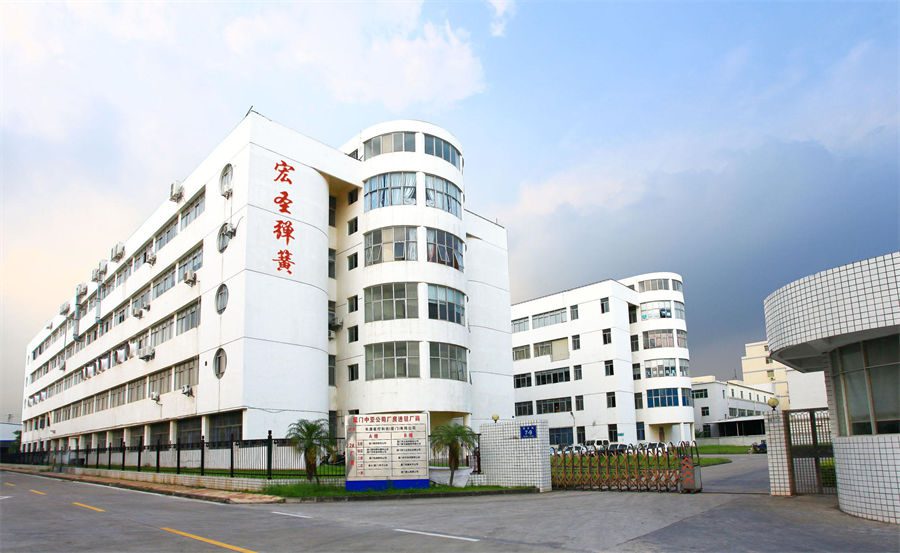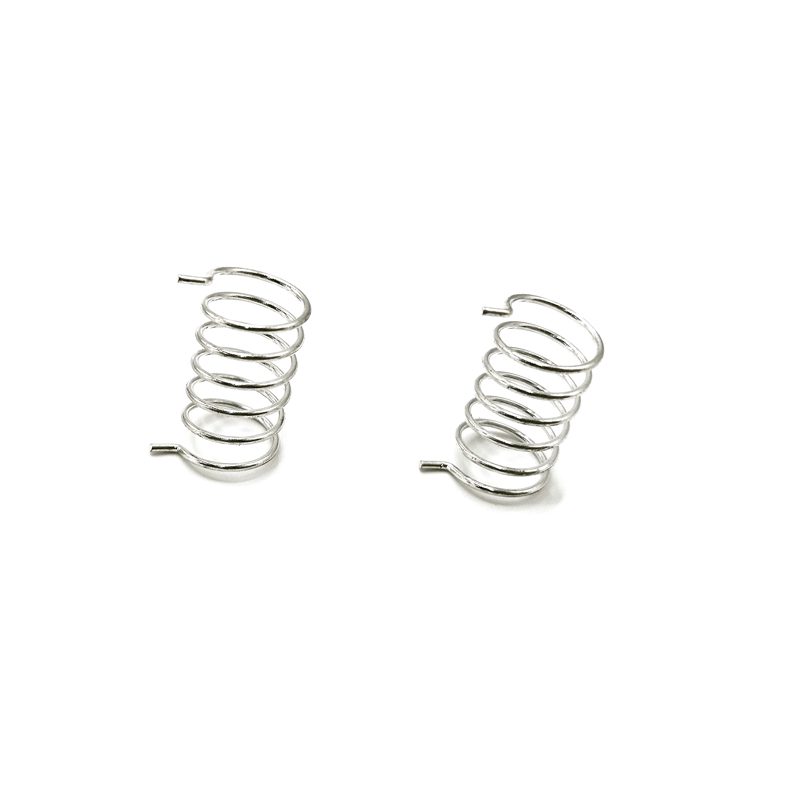
Extension springs play a crucial role in various mechanical systems, offering unique properties that make them indispensable in many applications. In this article, we will delve into their basic principles, explore their fundamental principles, and various applications in various industries.
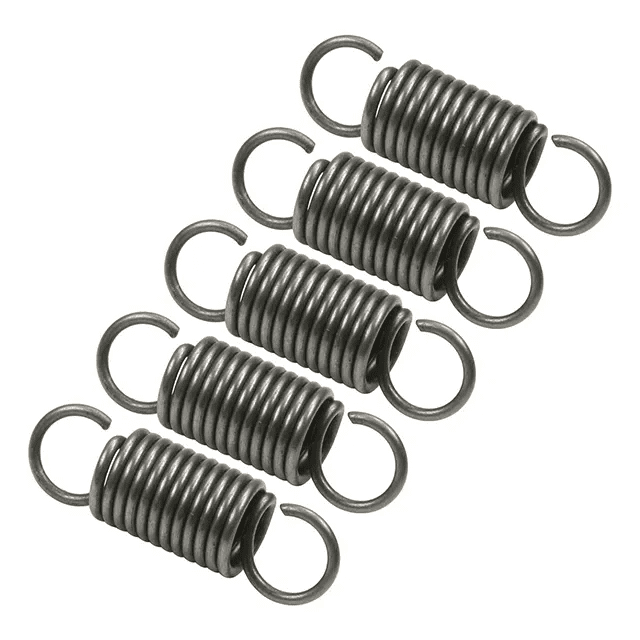
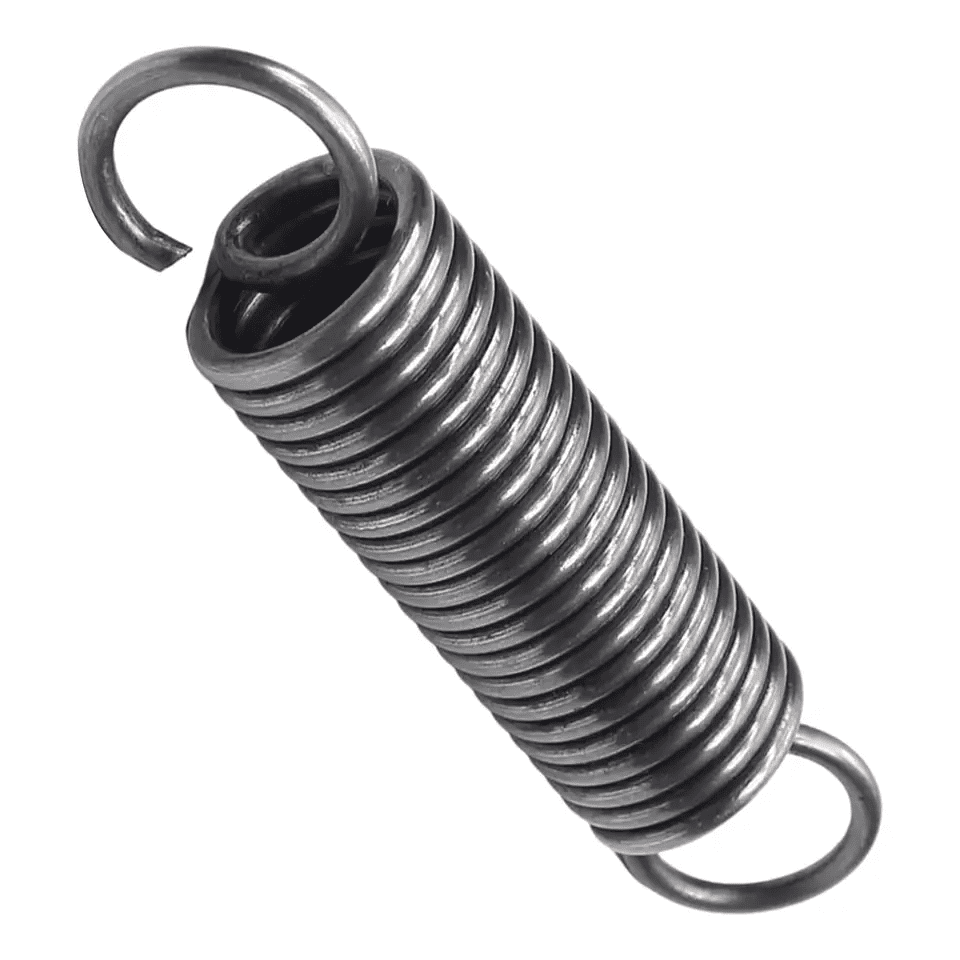
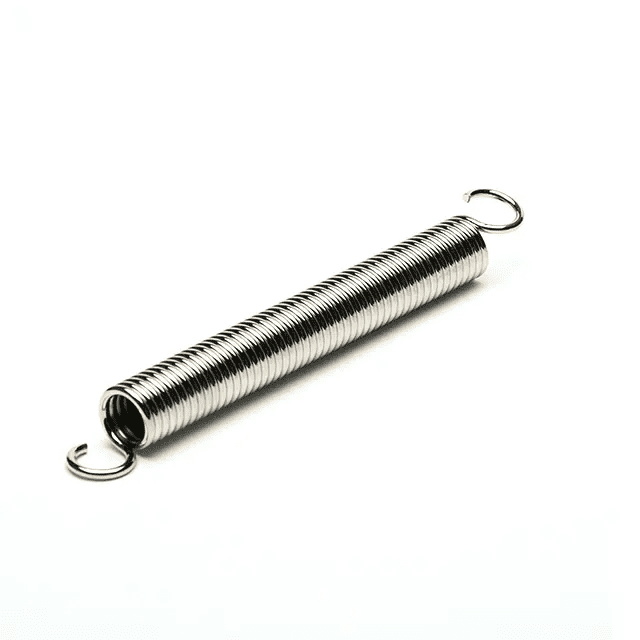
The Basics of Extension Springs
Extension springs are a type of coiled spring designed to resist stretching or pulling forces. These springs store mechanical energy when stretched and release it when the force is reduced. It consist of tightly wound coils with hooks at both ends, allowing them to attach to other components within a mechanical system.
Working principle
Understanding the functionality of extension springs is essential for their effective utilization. When a force is applied to stretch the spring, it stores potential energy within its coils. They return to their original position when the force is removed, releasing the stored energy. This mechanism is crucial in various applications, from simple door hinges to complex automotive systems.
Applications Across Industries
Extension springs find applications in a multitude of industries, owing to their versatility and reliability. Let’s explore some key sectors where these springs are commonly used:
1. Automotive Industry
In the automotive sector, extension springs are employed in various components such as brake systems, clutch mechanisms, and door handles. Their ability to absorb and release energy makes them ideal for providing tension and support in these critical automotive functions.
2. Manufacturing and Machinery
Manufacturing processes heavily rely on extension springs for their efficiency and precision. Conveyor systems, assembly line equipment, and industrial machinery often incorporate these springs to ensure smooth and controlled movements, enhancing overall productivity.
3. Aerospace Applications
The aerospace industry benefits from the lightweight yet durable nature of extension springs. These springs play a crucial role in mechanisms like landing gears and control surfaces, where precision and reliability are paramount.
How to make the right choice?
Selecting the appropriate extension springs for a specific application is crucial for optimal performance. Considerations such as load capacity, material, and environmental conditions must be taken into account. Here are some key factors to keep in mind:
1. Load Requirements
Determine the extension springs’ load-bearing capacity based on the application’s demands. Ensuring that the selected springs can handle the required force is essential for their longevity and effectiveness.
2. Material Selection
The material of the extension springs is another critical factor. Common materials include stainless steel, music wire, and alloy steel. The choice of material depends on factors such as corrosion resistance and tensile strength.
3.End Types and Configurations
Extension springs come in different end types and configurations, each serving specific purposes. Understanding the project’s requirements and the available end options—such as machine hooks, cross-center loops, or extended hooks—ensures compatibility and optimal functionality.
4.Wire Diameter and Coil Size
The wire diameter and coil size significantly impact the strength and flexibility of extension springs. It’s crucial to choose the right combination to meet the project’s requirements. Additionally, considering space constraints and the available mounting options is essential for seamless integration.
5. Environmental Considerations
Consider the operating environment when choosing extension springs. Factors like temperature, humidity, and exposure to corrosive substances can impact the springs’ performance. Selecting springs with appropriate coatings or materials helps enhance their durability.
Conclusion
In conclusion, extension springs are integral components in various mechanical systems, offering a reliable and efficient solution for managing tensile forces. Understanding their basics and applications across industries is crucial for engineers and designers. By choosing the right springs and incorporating them thoughtfully into designs, one can ensure the success and longevity of mechanical systems.Remember to always consider the specific requirements of each application when working with springs, as this will contribute to the overall functionality and success of the system.


